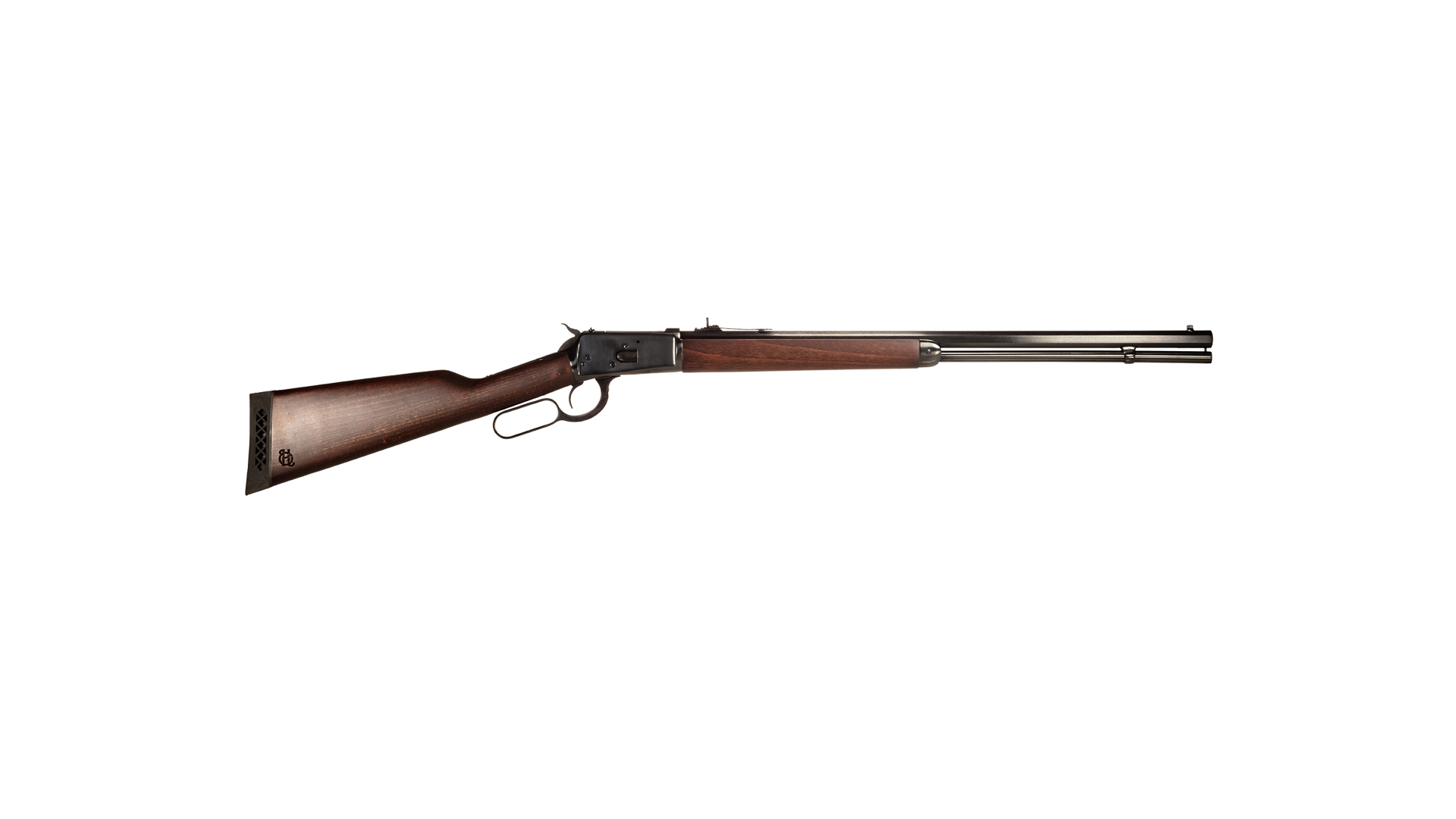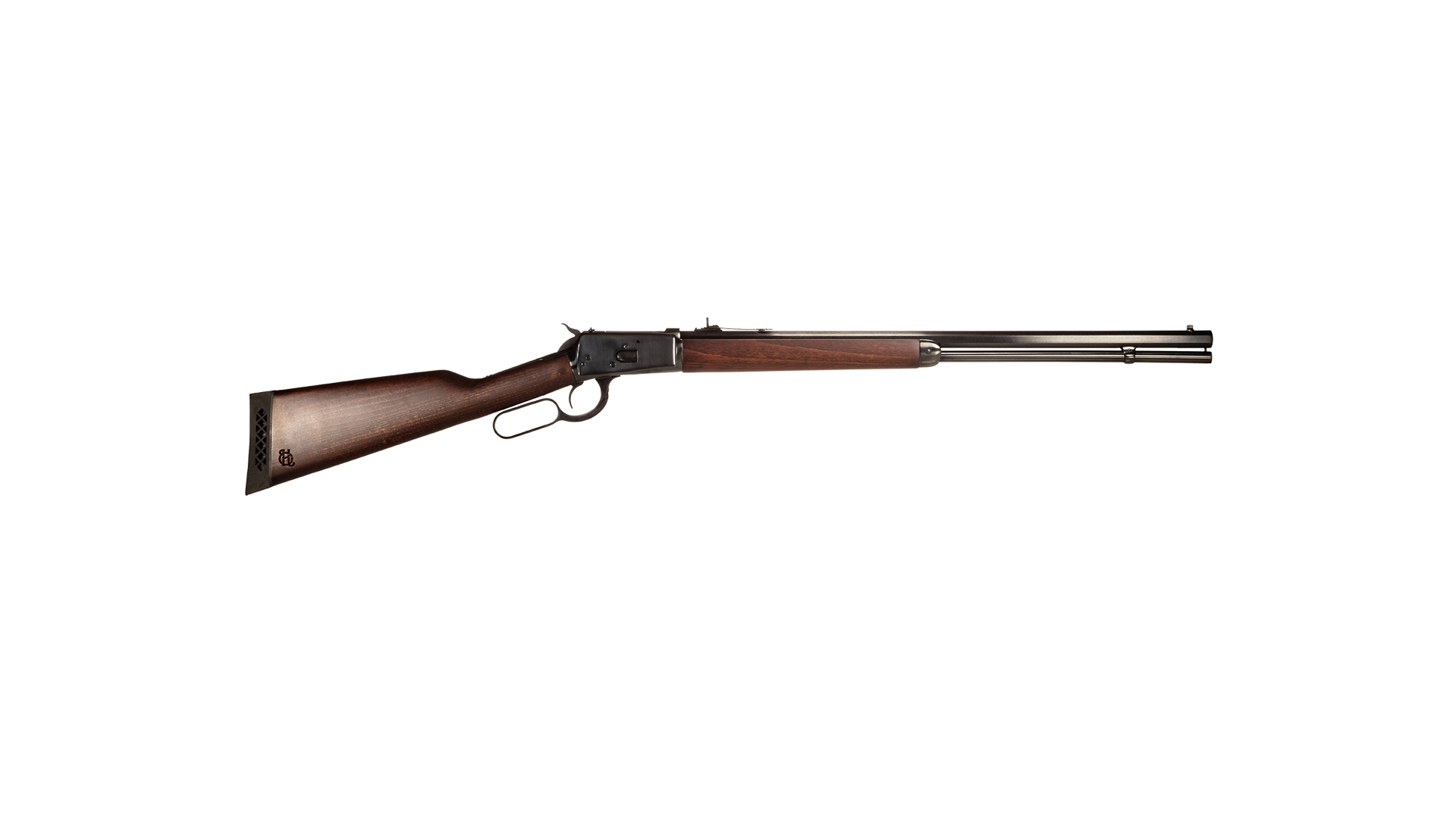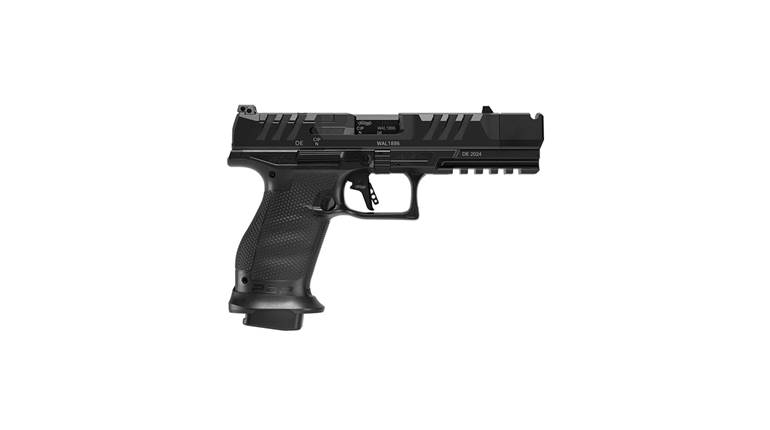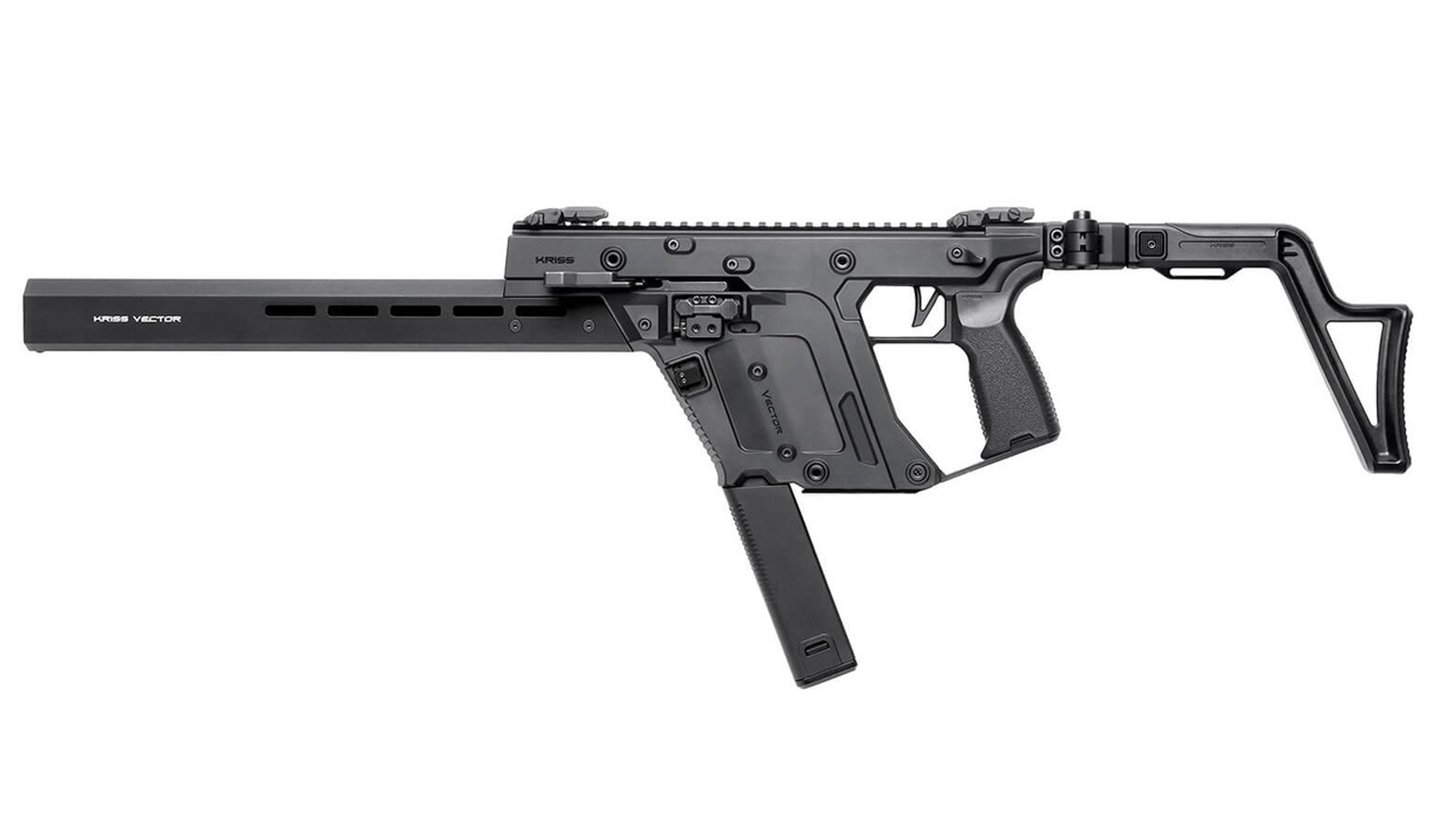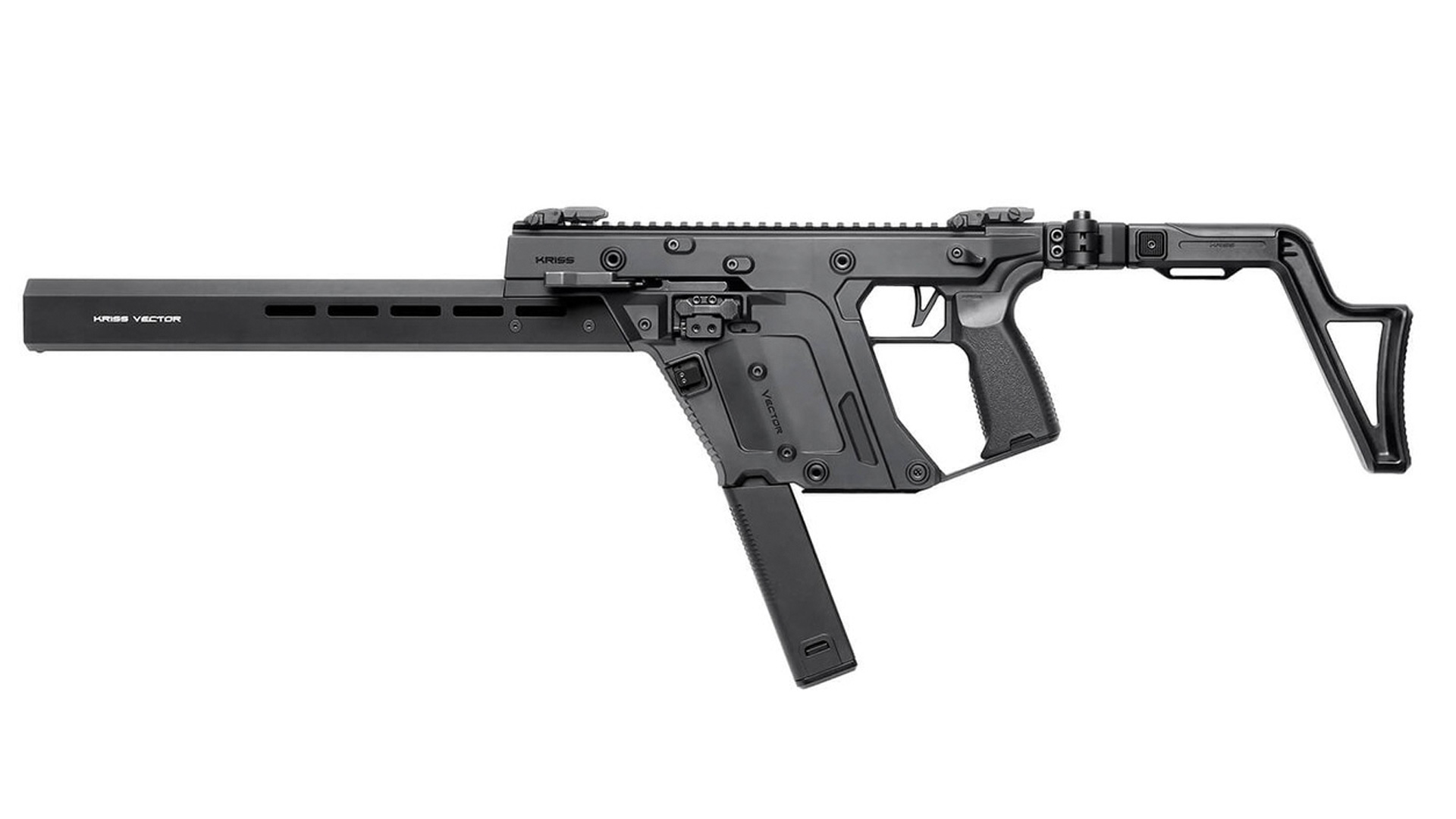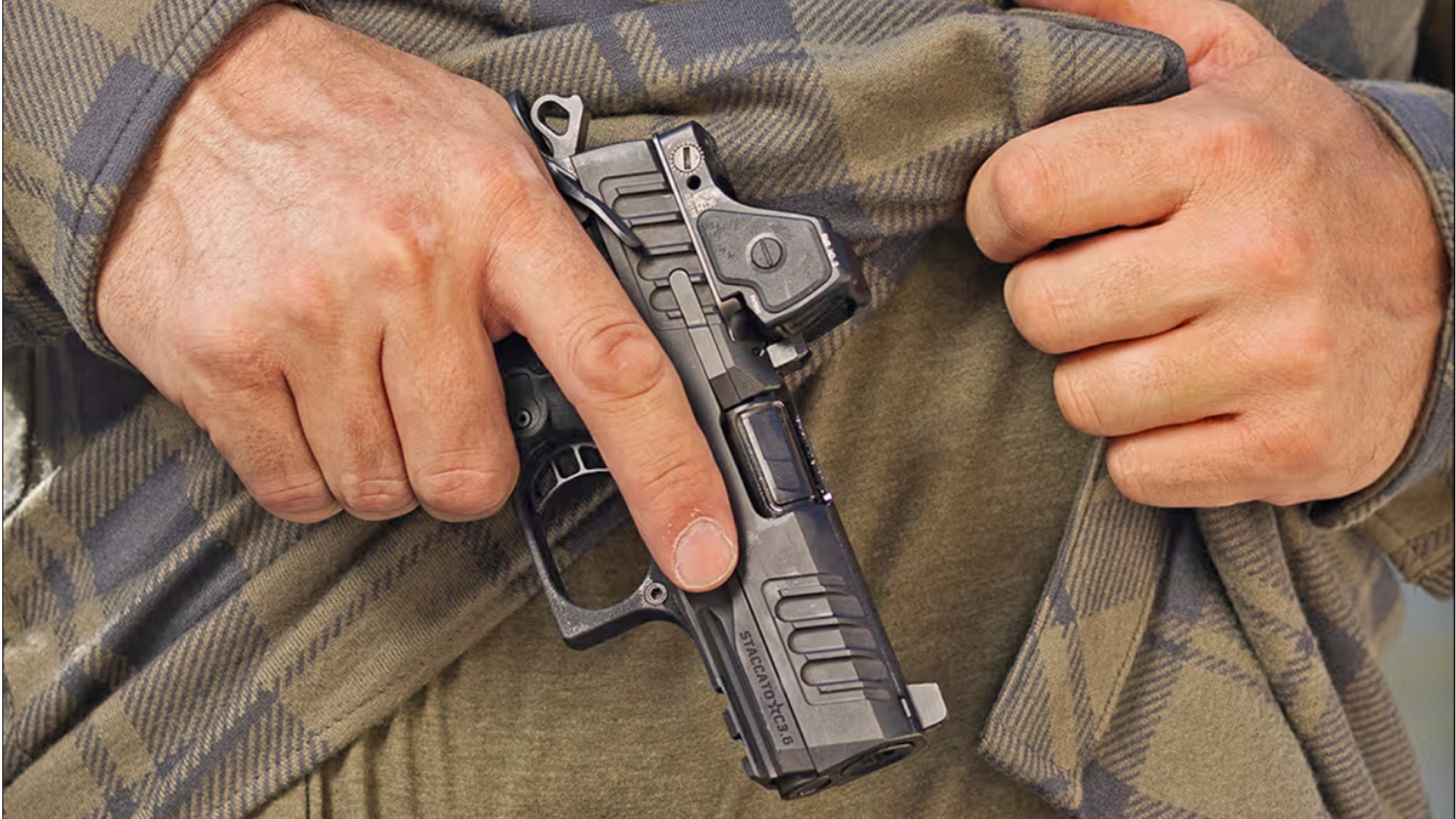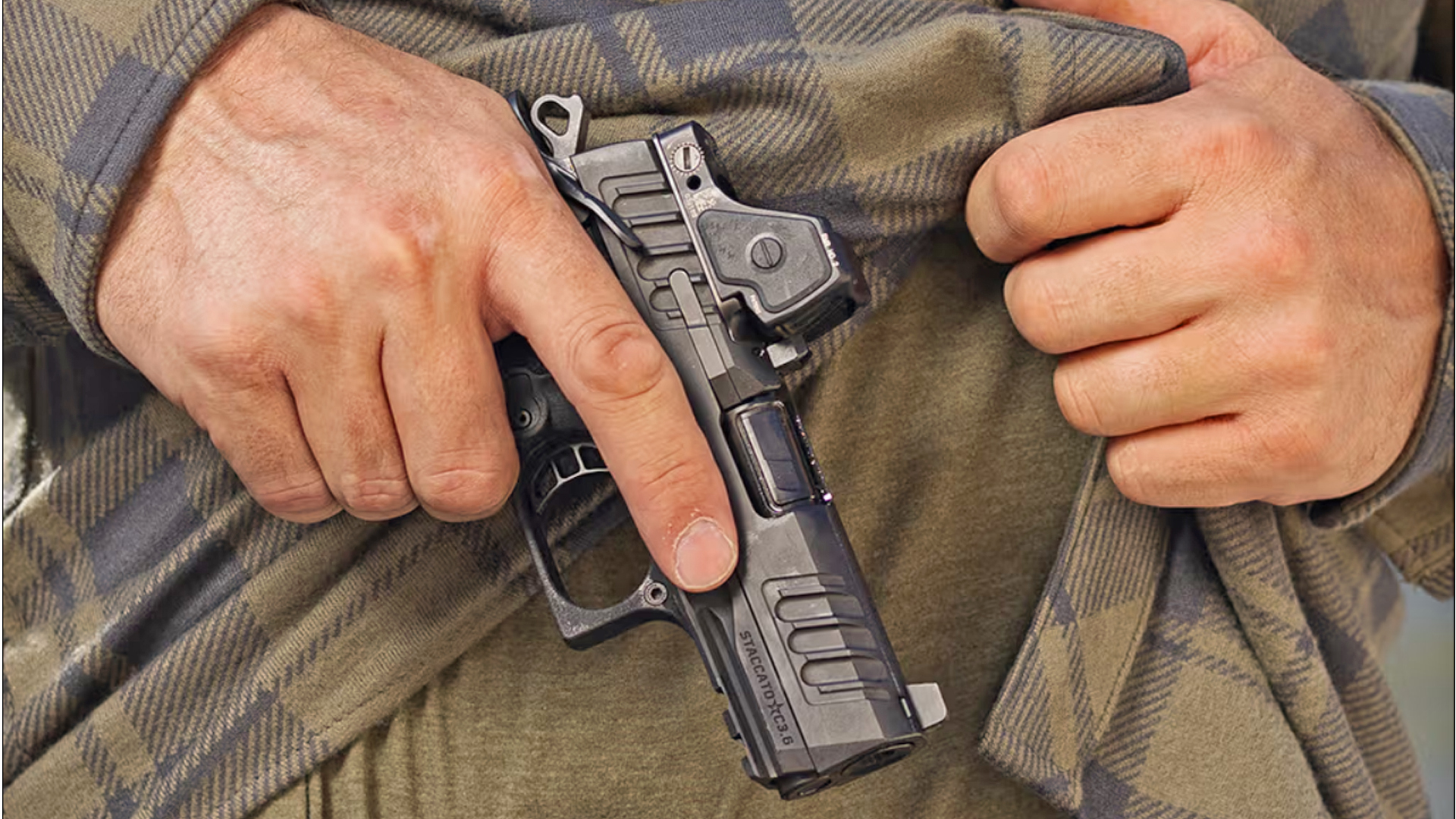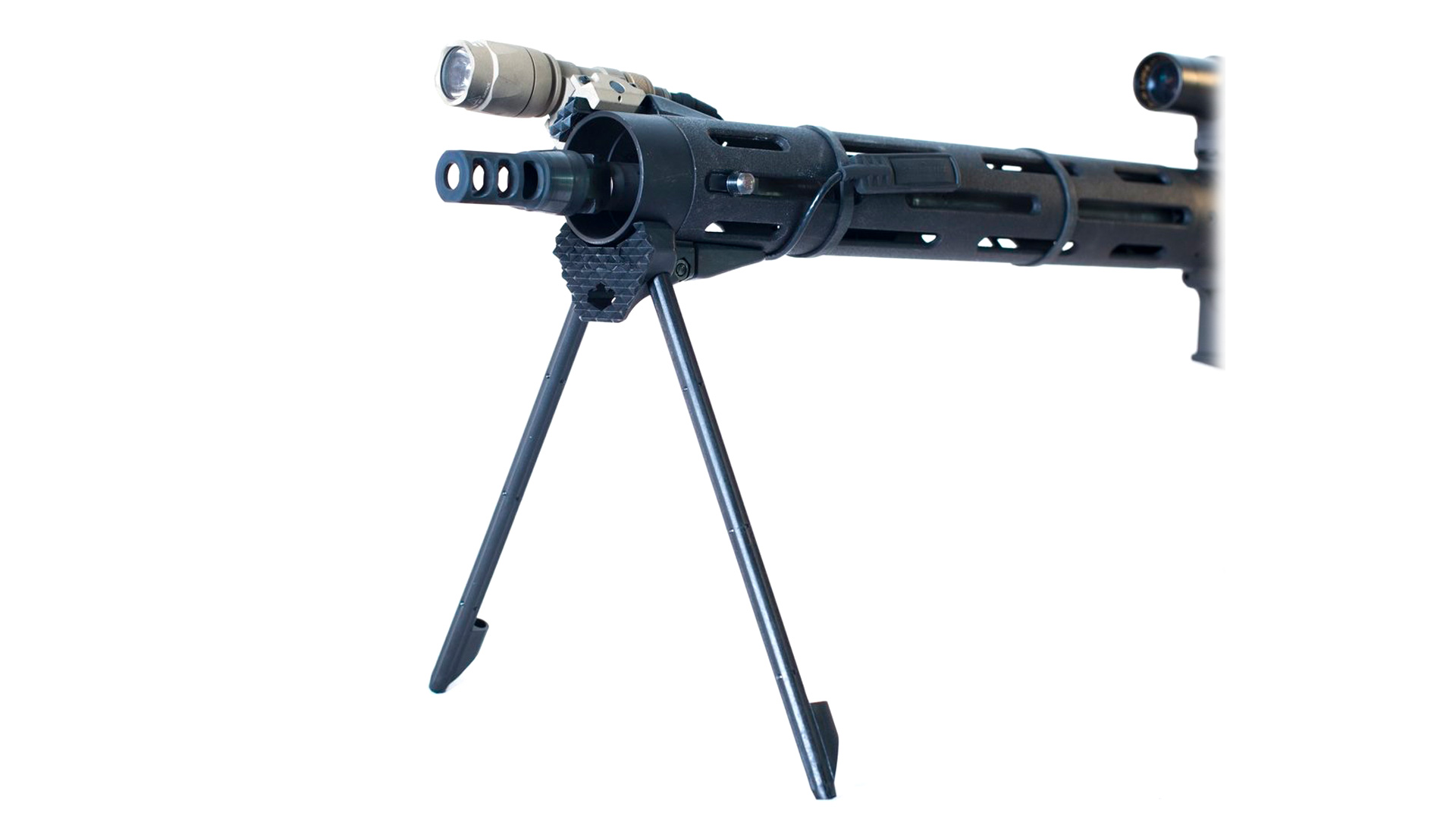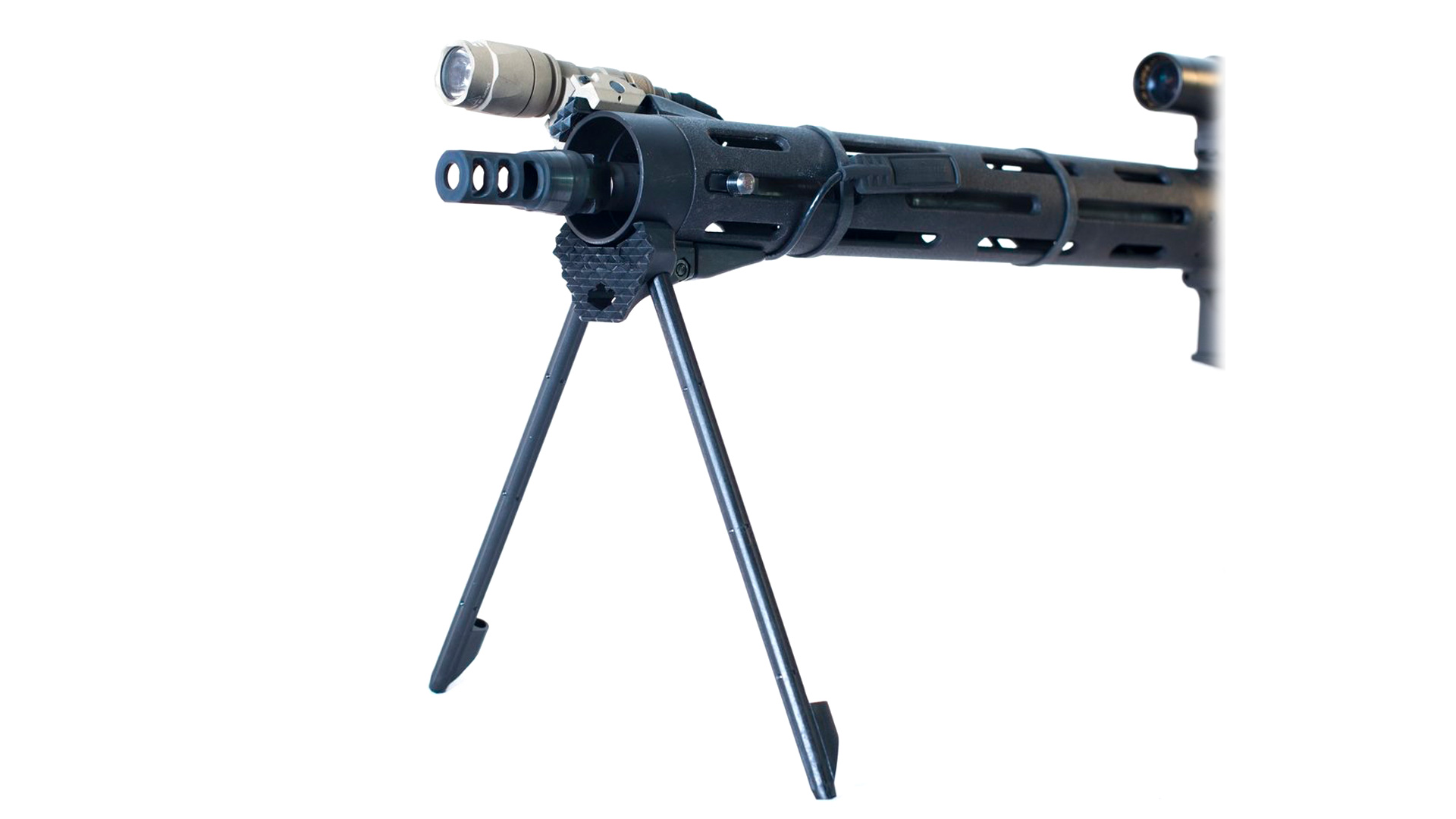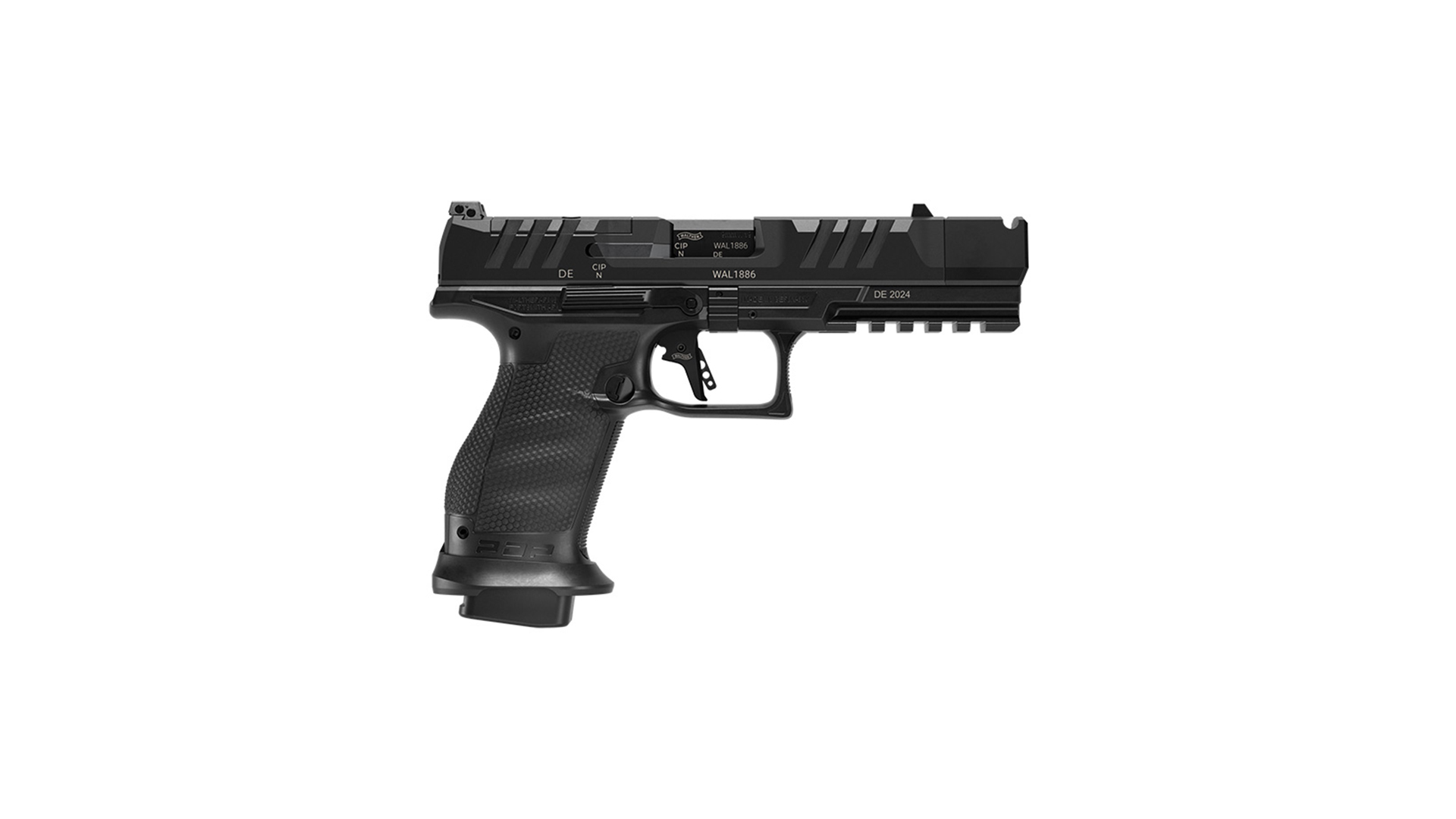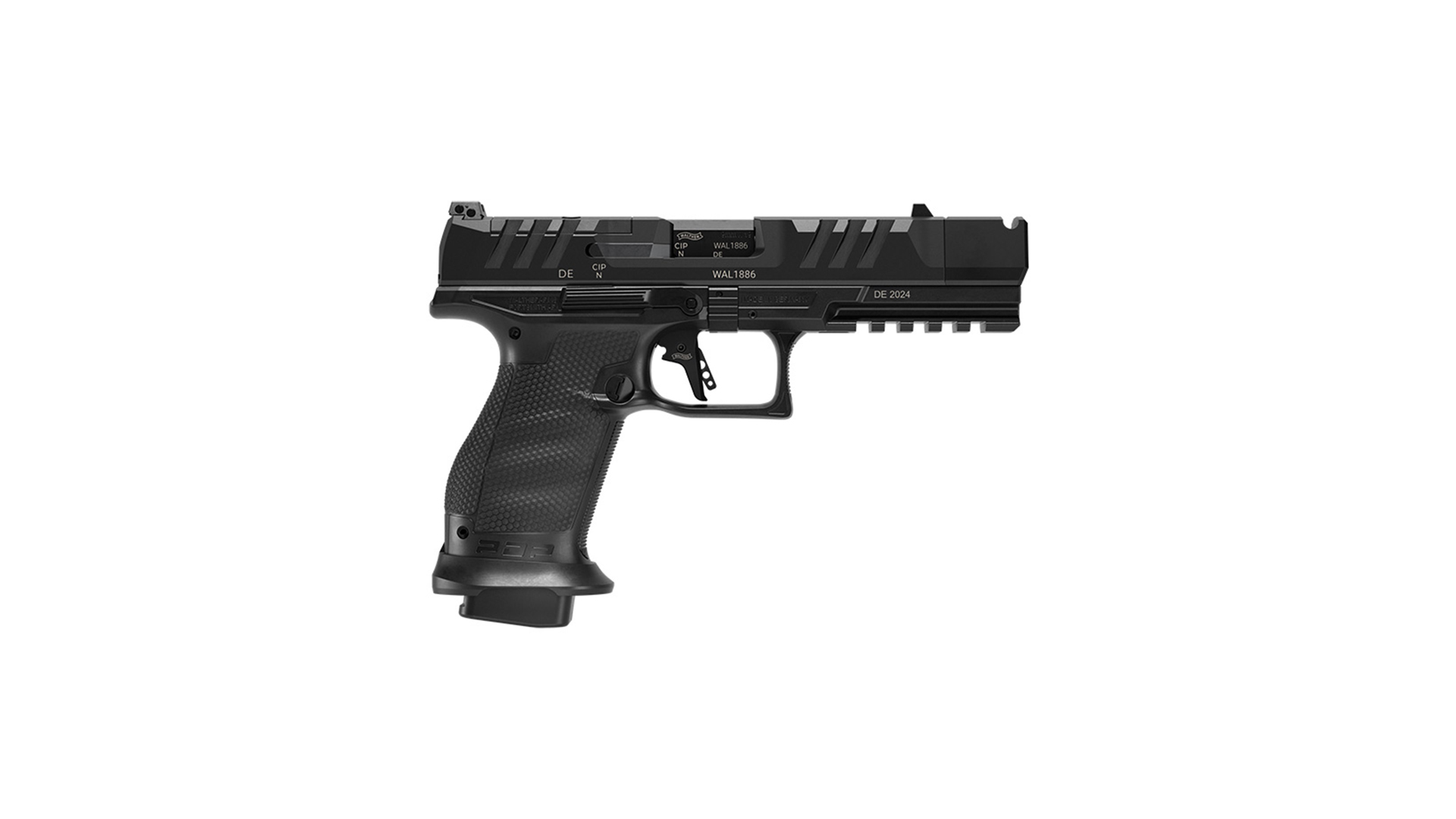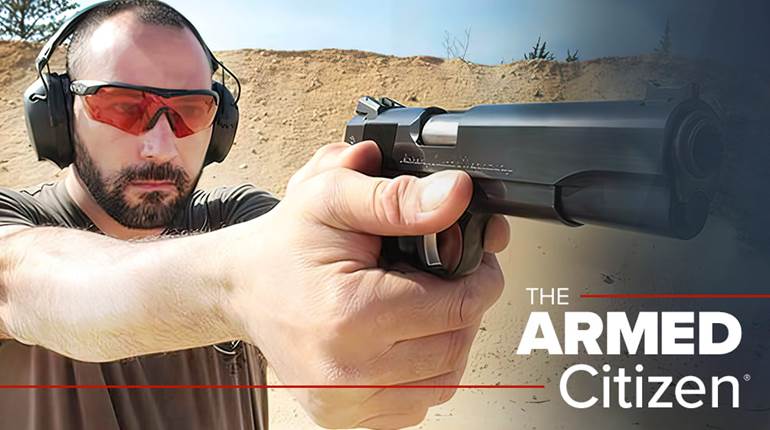
Since its adoption, the SIG Sauer M18 service pistol has been fielded broadly across U.S. military units. As I saw more of the SIG pistols in holsters across the armed forces, I decided it was time to develop familiarity with the platform, so I purchased one of the commercially available guns. Immediately, a number of qualities jumped out at me, and it is important to note that the SIG Sauer M18 was crafted as a service pistol, as such, it may have less application in the broader marketplace.
In order to provide my professional opinion, I needed to take a much deeper dive in more than just its outward appearance, so I offer these after one large asterisk: Time and application in the wide range of field, training and combat environments have a funny way of confounding expert predictions. Remember the Beretta M9? Well, not long ago, I found several articles published around the time of the introduction of the M9 that experts of the 1980s had concerns over perceived problems. In fact, these issues never materialized across that sidearm’s long and active service, and they likewise missed many of what proved to be the M9’s virtues.

Bottom Line
The M18 pistol strikes me as perfectly serviceable; a duty gun that has proven to be reliable, accurate and quite shootable. The pistol handles reasonably well, and the controls are laid out functionally for both right- and left-hand operation. I put the commercial SIG M18 through a wide range of tests, exercises and drills, and the pistol simply did what I asked of it. The M18 allowed me to perform at ‘benchmark’ level standards on tests that substantially exceed most service qualifications.
Using the M18, I was able to produce maximum scores on the 5-Yard Roundup, the Prep Time drill and the classic Bakersfield Police Dept. qualification, among others. Any pistol that allows you to master those three without feeling like you are fighting your equipment is probably quite solid.
The Assessment
With the objective performance meeting all reasonable expectations, I am able to share subjective opinions of the duty gun. The M18 pistol is of a useful size. It is big enough to shoot well and have a full capacity, yet it is compact enough to press into other roles. The overall feel of the pistol in my hand is several strides behind a number of other contemporary pistols with ergonomics I prefer. That said, I quite like the M18’s iron sights and the picture they provide, so much so that I would rate it among my top choices of any of today’s pistols in service.
The trigger began as what one might charitably describe as “serviceable.” I spent much of the past year on the range training with Walther’s PDPs and H&K’s VP9s, both of which have excellent triggers, and in comparison, my M18 came with a trigger pull that was aggressively mediocre. Over about 500 rounds, the M18’s trigger finally broke in and is now smoother, with light take-up, a predictable wall of resistance and a sliding release of 5 lbs., 8 ozs., over 0.2” of travel. Since the weight is distributed along the movement, the trigger feels slightly lighter than it measures. I could continue to quibble about the trigger, but in the grand scheme of service pistols, it is fine. The shape of the trigger itself is good and will be more conducive to good shooting for less-experienced shooters than some of the alternative pistols with trigger safeties and more complexity in the shape of the trigger’s shoe.

My sample of one M18 was accurate enough to keep Federal American Eagle, CCI Blazer and Remington Subsonic in the black of a 25-yard bullseye and on the top of a steel Wilson Combat silhouette at 35 to 40 yards. A shooter might prefer another make or model of pistol, but there is little to genuinely “throw stones” at, insofar as the M18 is concerned. However, when it comes to broad military use, the shooting aspects of a given pistol are often secondary to the applications an enthusiast might have less, or no, concern with. The U.S. military is an incredibly big tent that covers some of the most-skilled pistoleros the nation has ever produced, as well as a large number of technicians and specialists who do important tasks and happen to be issued, perhaps infrequently, a pistol. For every soldier who carries a pistol into direct combat there are probably two or three who are in the technical, supporting or administrative roles and may only occasionally require a pistol for self-defense. It is difficult for one pistol to be ideally suited for both ends of the spectrum. The ideal compromise is a highly shootable gun that also possesses very positive safety features to resist human errors in handling. The M18 has these features with quite positive safety systems that will likely endear it to military leaders, especially in a few key areas.
Loading & Unloading
The M18 is able to chamber a round, as well as extract a live round from the chamber while the manual thumb safety is engaged. This is a positive feature designed to reduce the likelihood of negligent discharges. Many non-military shooting enthusiasts or CCW permittees are surprised by just how often deployed servicemen may load and unload their pistol. For much of the War-on-Terror era, odd contractual stipulations at the dining facilities required folks to empty their arms into a clearing barrel before entering for each meal. Other specific buildings had similar restrictions. All of this unnecessary handling multiplies the likelihood of a mistake. Having a pistol that is able to remain on safe through this handling procedure is a huge plus.
Carrying The M18
One of the great achievements of the Beretta M9 was to normalize Condition-One carry of the pistol; fully loaded, round in chamber and safety engaged. With the exception of special units and circumstances, the M1911 had traditionally been carried in Condition Three with an empty chamber. Even with the double-action trigger-pull and positive manual safety of the Beretta, it was not uncommon to find leaders who were somewhat uncomfortable with the idea of a chambered round for routine carry in ‘less-dangerous’ environments.

It will be interesting to see if the manual safety on the M18 provides enough comfort for leaders to maintain Condition-One carry as the default condition across the services. The thumb safety on my sample is positive enough in its engagement, and small enough, that I am hopeful it is unlikely to inadvertently disengage during carry. The flip side of this is that some shooters may find the safety somewhat too small in shape to easily disengage while maintaining a firing grasp or during a draw-stroke. I prefer a larger safety lever on the left side of the pistol, but looking at the available space, SIG had competing priorities. If the lever was enlarged too much, it might interfere with the slide release or be accidentally engaged during recoil by a shooter with a poor grip.
Disassembly
One of the greatest strengths of the M18 is that it can be disassembled without pulling the trigger. Even better, the pistol must have the magazine removed and the slide locked back to even rotate the takedown lever. This is a ‘best-in-class’ arrangement, which will provide a layer of safety compared to other striker-fired semi-autos in service. When my old unit first introduced the G19 in larger numbers, there were men who negligently shot themselves when disassembling their pistols for cleaning by incorrectly thinking they had unloaded them. A preventable injury, for sure, but one that can, and does, happen with many popular designs when the user is fatigued or preoccupied. The M18 should remove this type of accident potential.
Modularity
The modular nature of the SIG M18 is one key feature that sets it apart from much of the market. On frequent occasions over the years, I had fellow Marines whose small hand size made shooting the M9 more difficult, due to its large frame and grip. The ability for armorers to simply swap the M18 grip frame to a smaller size will be a real boost to a portion of the force. This simple modularity is one area that I suspect will be well-received by specialized units who are more particular about their members’ pistol skills. I will be quite surprised if special operations and other specialized units do not quickly embrace the modularity of the platform and try other grip modules and optics as the aftermarket evolves. I purchased one of the Wilson Combat 320 grip modules, and it took the M18 from acceptable, but not exciting, to something I was much more enthusiastic about. The swap took all of about 90 seconds and was surprisingly simple. I immediately thought that this or other modules will be exceedingly common in small units or anywhere far removed from the higher headquarters’ proverbial flag pole.

The M18’s serialized part is called the Fire Control Unit and is the chassis encapsulating the frame rails, trigger, safety and ignition mechanism. There is tremendous potential in the M18, since fire-control unit is the serialized firearm and the rest of the pistol is simply just parts/accessories. I suspect that it will allow special units to truly explore modifications to the pistol to match certain missions. Much like some units today have one M4 lower receiver with multiple uppers of different lengths and configurations, the M18 may morph as required.
The M18 allowing a direct-mount option for SIG optics or the Leupold DeltaPoint Pro will allow units to easily explore the capabilities of a pistol-mounted optic. I like that this can be done without an additional mounting plate; the plate and associated screws are the weak link in many optic-equipped pistols. The sheer number of pistols in service increases the likelihood that a soldier can incorrectly install the optic. I mounted a DeltaPoint Pro on my sample and found that it paired well with the gun. The depth of the direct mount allowed the DeltaPoint to sit in a nice plane, which is presented well to the eye.
The Unknown
The M18 looks promising, with SIG having combined a shootable package with robust safety features. But regardless of how thorough the U.S. military’s selection trials may be, the long-term reception and success of a service pistol is a bit of a wild card. It is impossible to replicate the sheer number of pistols exposed over a period of years to so many environmental extremes, let alone the wide range of human users in different missions. I hope the M18 handles abuse, neglect and weather at least as well as the Beretta did. If the M18 serves as long as either of our last two service pistols, it could be in service into at least the 2050s. I hope it serves our men and women in uniform well.








